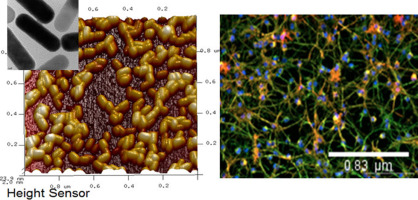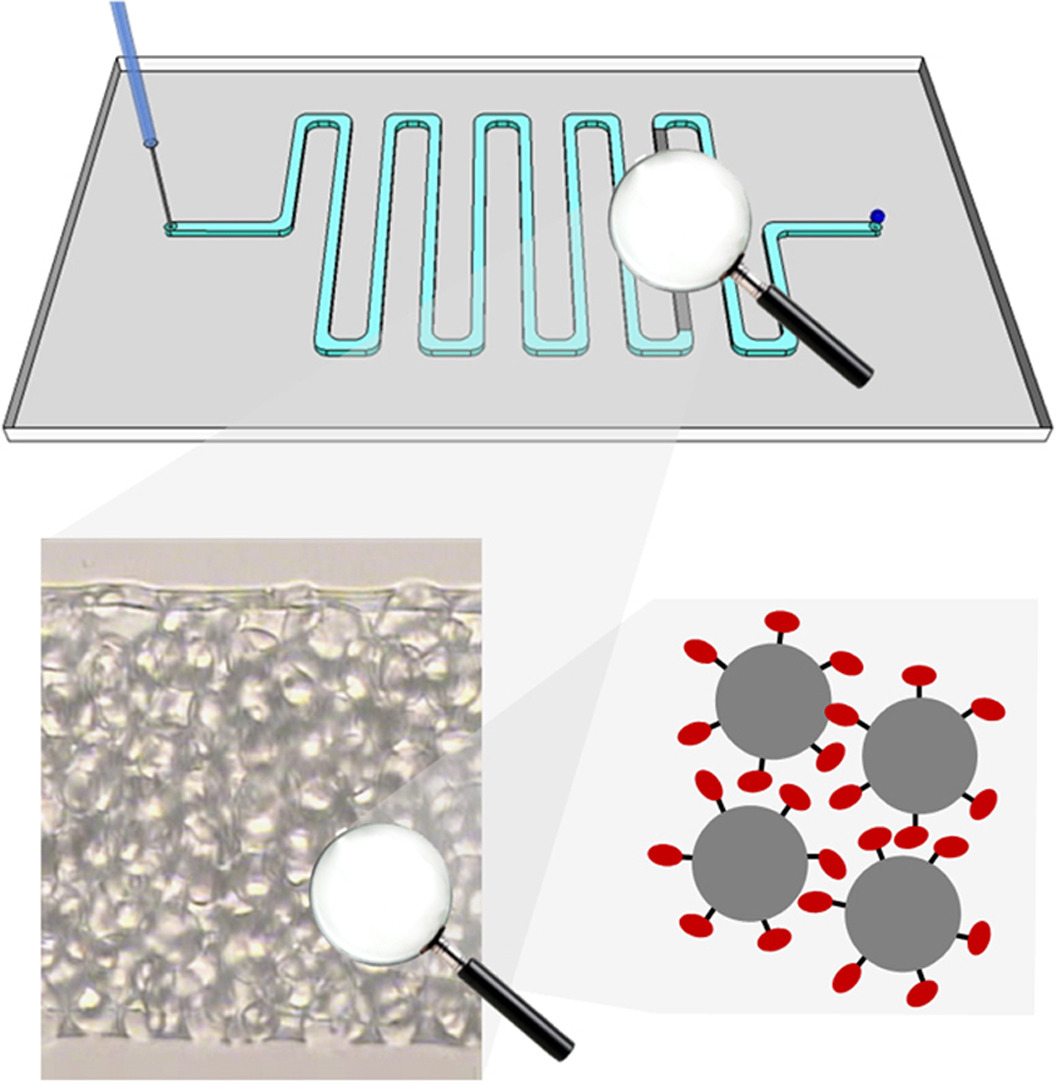_ Department of Nano Bioelectrical Laboratory (Nano Biosensors)
Investigating the nano bioelectrical environment in electrochemical nano biosensors
Researcher and author: Dr. ( Afshin Rashid)
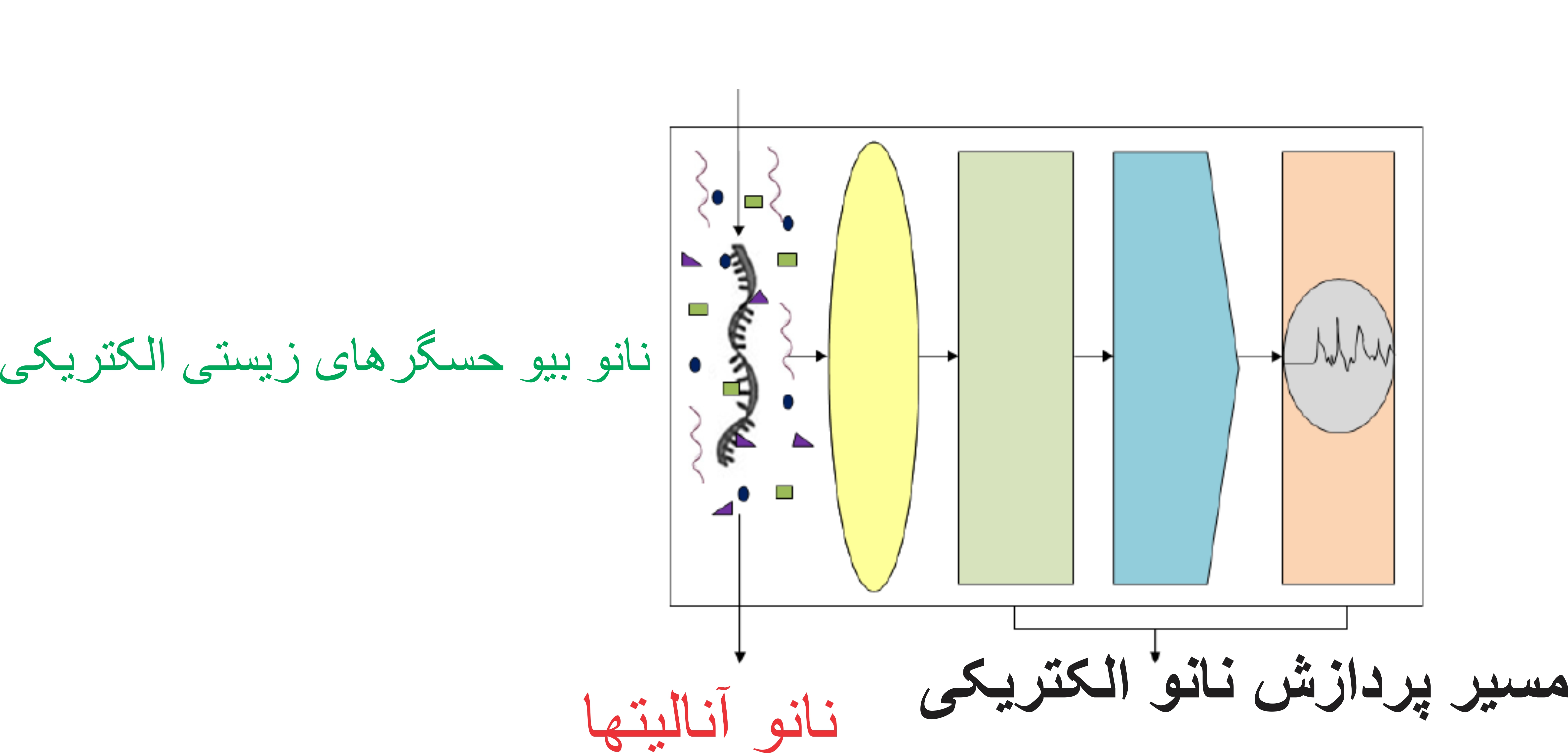
Note: An electrochemical nano biosensor is a device that provides direct information about the chemical composition of its environment and presents it to us in the form of an electrical, optical, etc. signal.
The way a chemical nanosensor works in the detection process is similar to the human nose; Chemical sensing methods today are considered as one of the modern and advanced techniques of nanoelectronics. These methods are a part of the information acquisition process in which information about the chemical nature of the surrounding environment is instantly prepared. In this process, an amplified electric signal is produced as a result of the presence and interaction of a chemical particle with a sensing layer. Therefore, chemical sensing includes two main and key stages, which are detection and amplification. The device that performs the above process is called a chemical sensor.
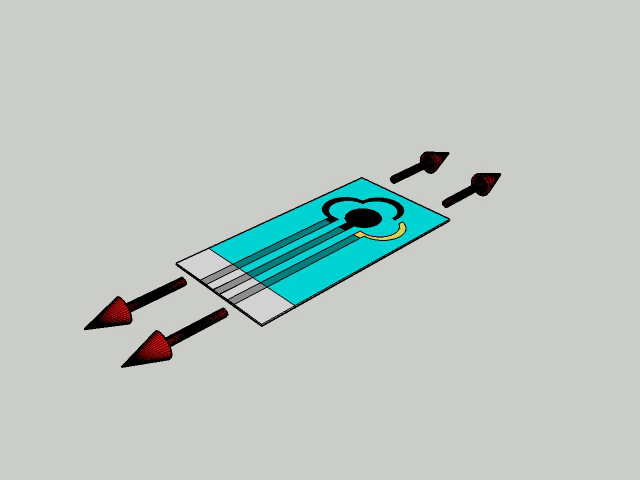
The main part of an electrochemical nano biosensor (Electrochemical nano biosensor) is its sensor element. The sensing element is in contact with a detector. This element is responsible for identifying and linking with the desired species in a complex sample. Then the detector converts the chemical signals produced as a result of the binding of the sensing element with the desired species into a measurable output signal. Biosensors rely on biological components such as antibodies. Enzymes, receptors or whole cells can be used as sensing elements.
_69nx.jpg)
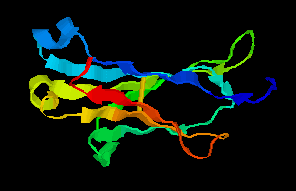
Using these sensors, electrochemical nano biosensors, it is possible to identify very small amounts of chemical pollution or virus and bacteria in the agricultural and food system. Research in the field of nano-tools is one of the most up-to-date scientific researches in the world.
Conclusion :
An electrochemical nano biosensor is a device that provides direct information about the chemical composition of its environment and provides it to us in the form of an electrical, optical, etc. signal.
Researcher and author: Dr. ( Afshin Rashid)
Specialized doctorate in nano-microelectronics


